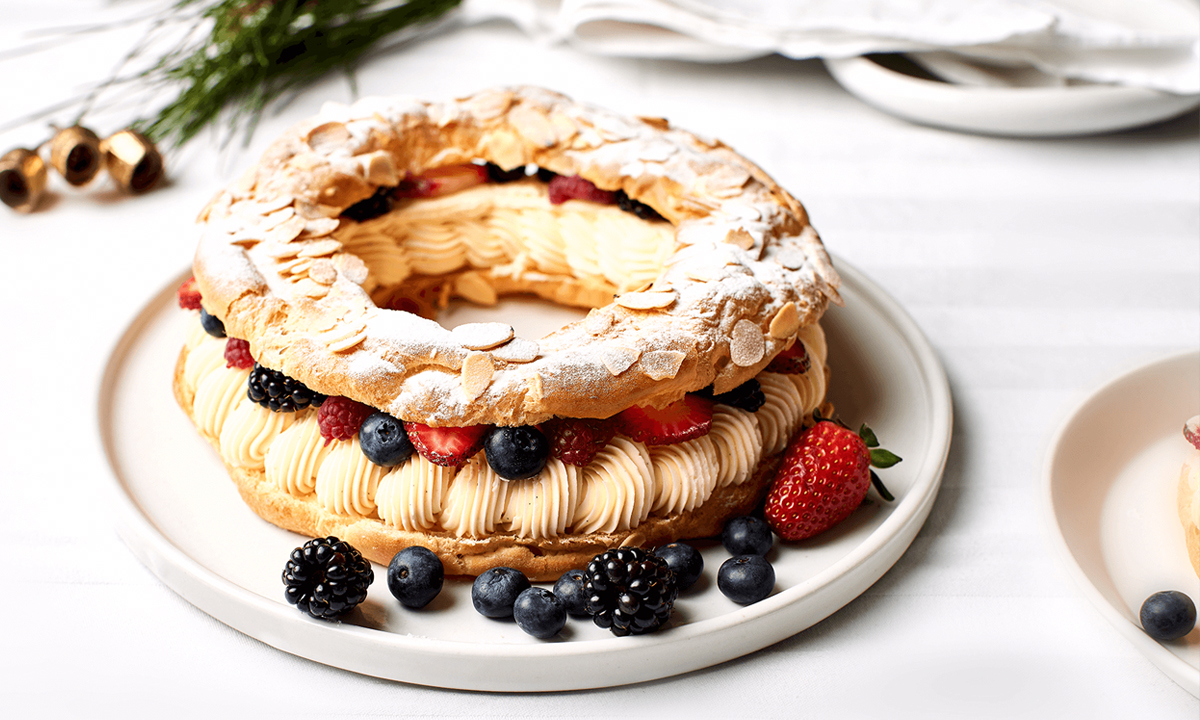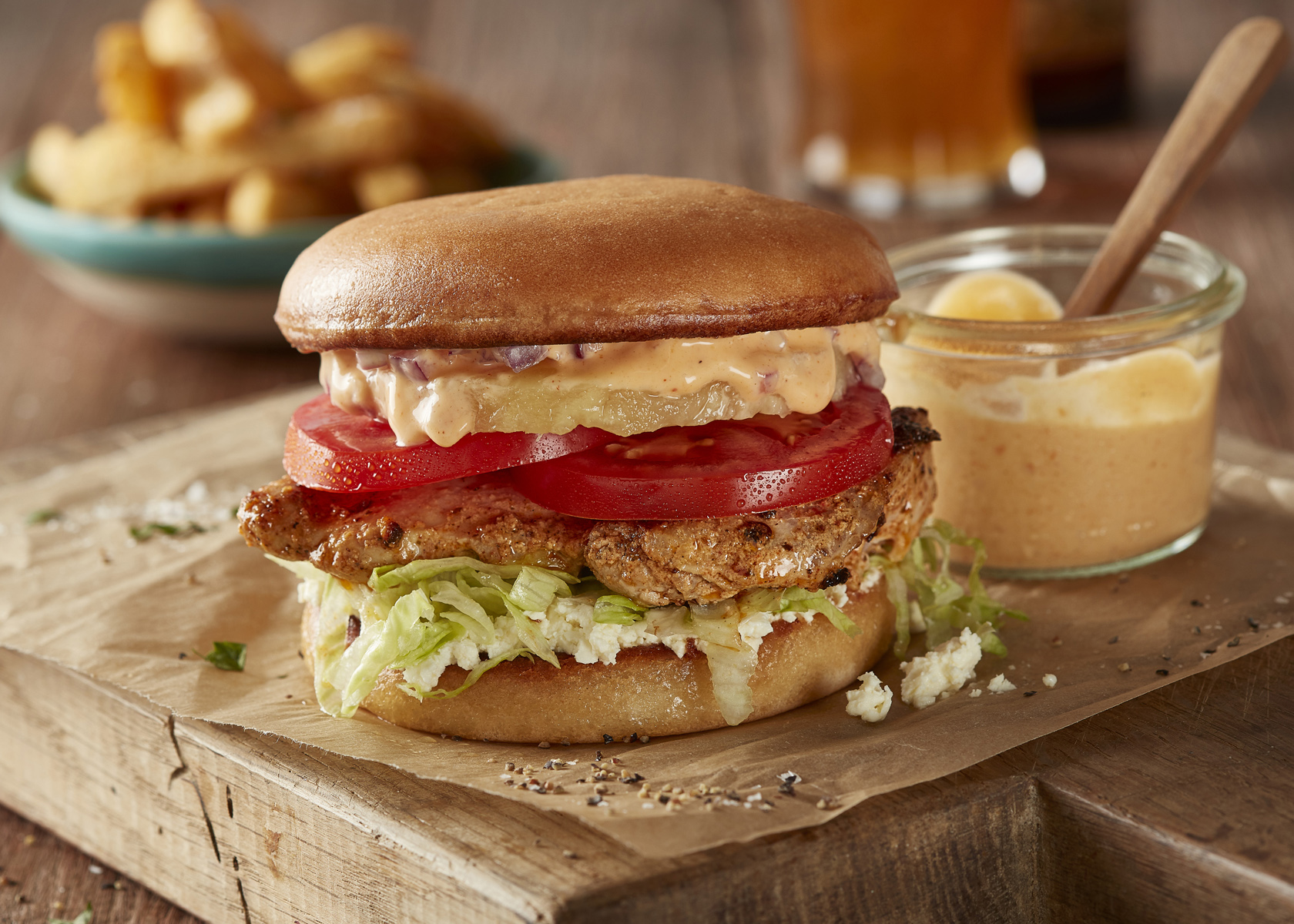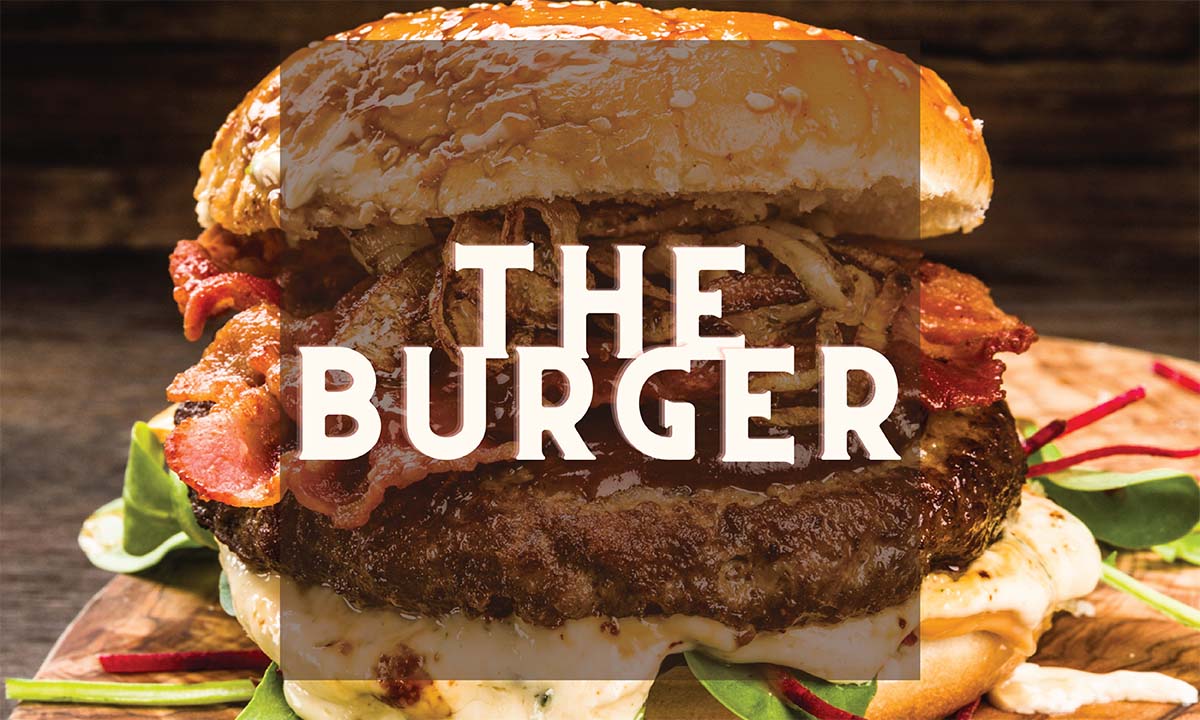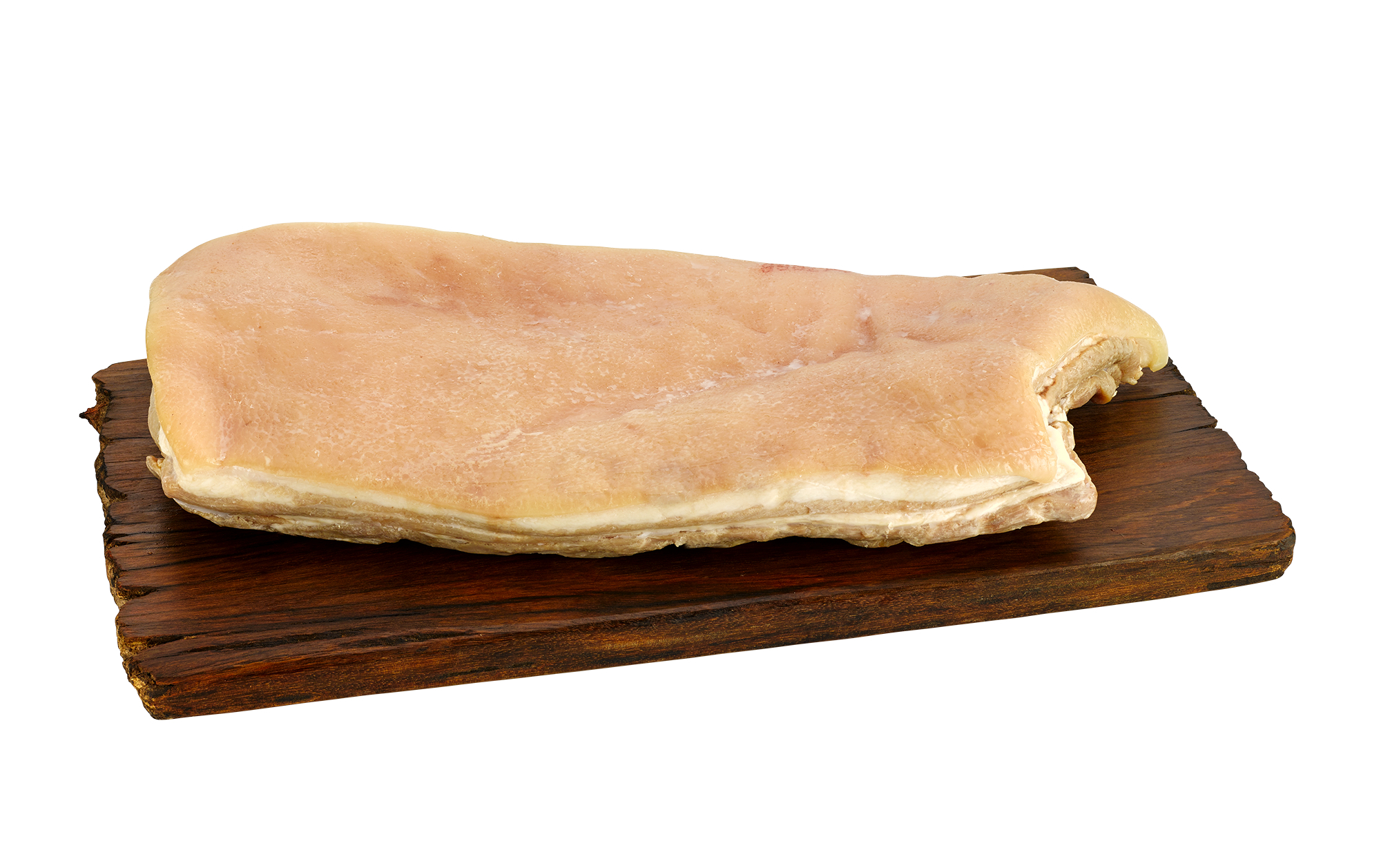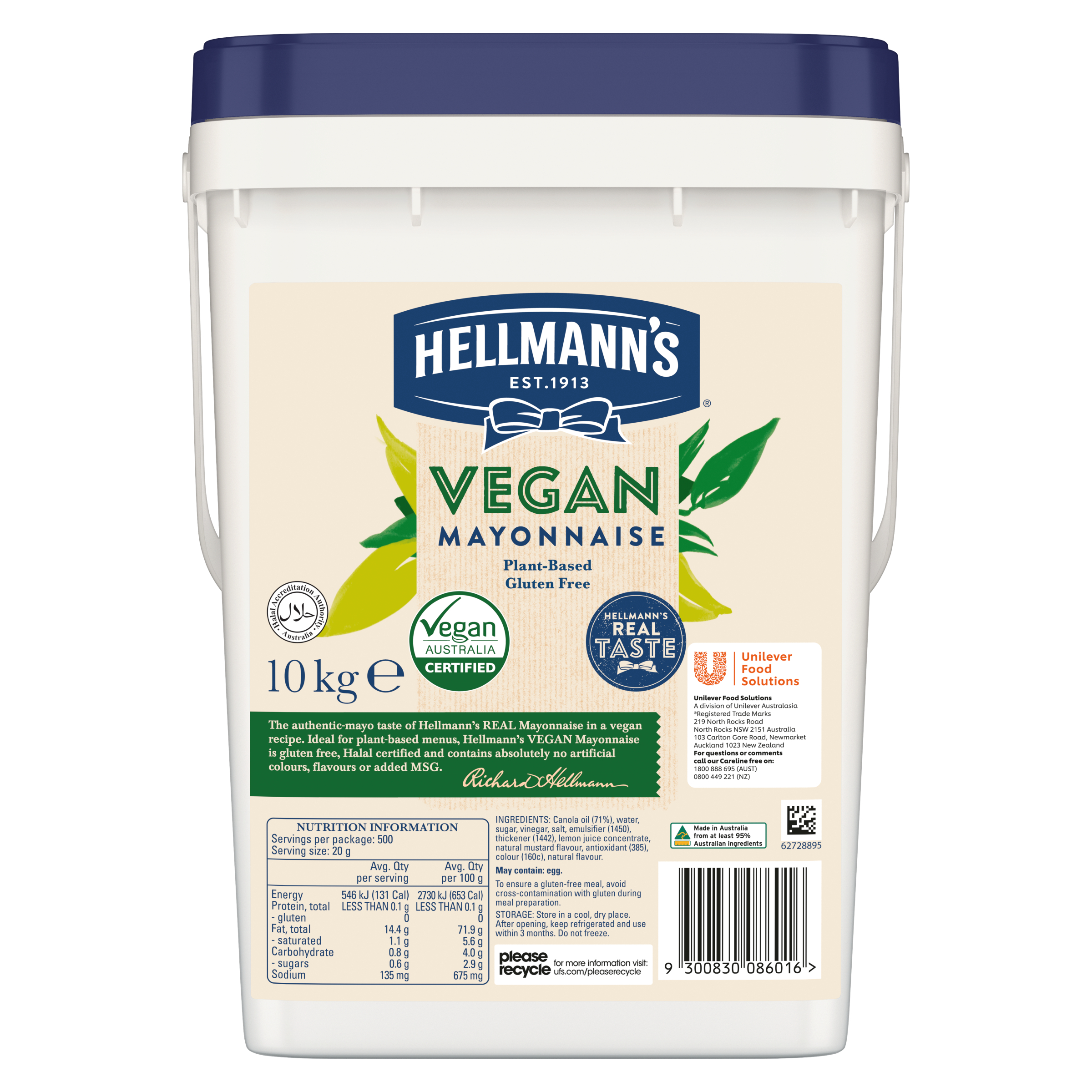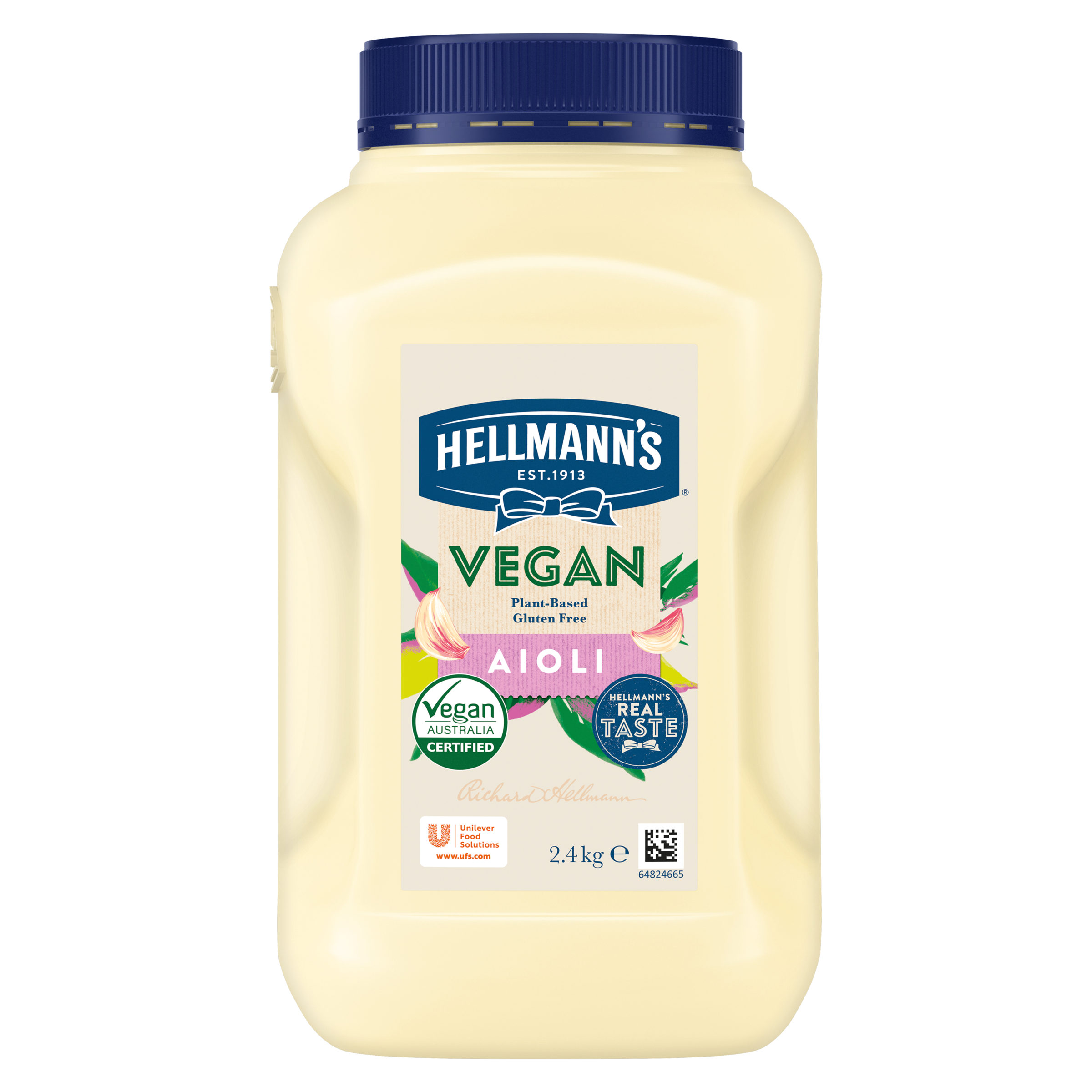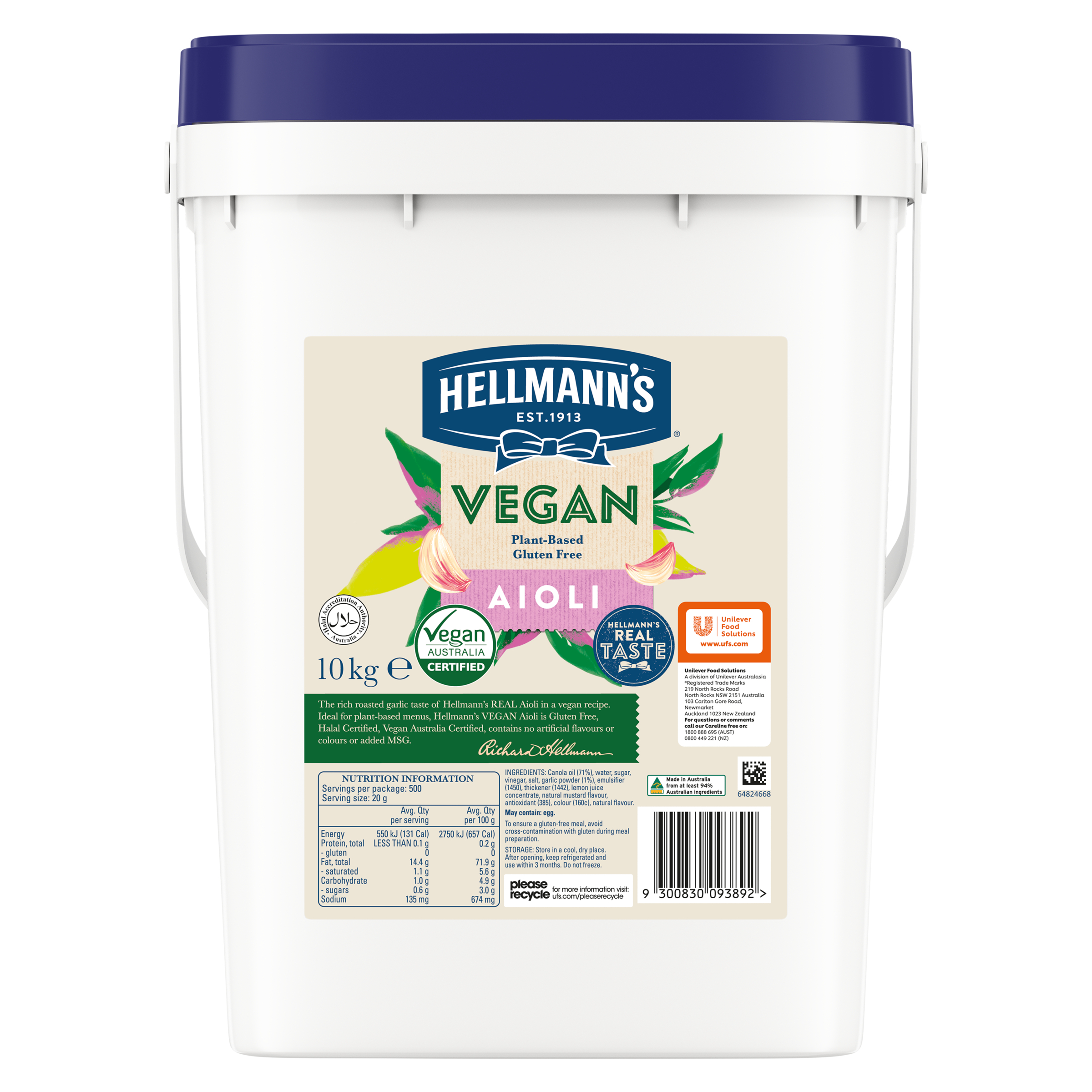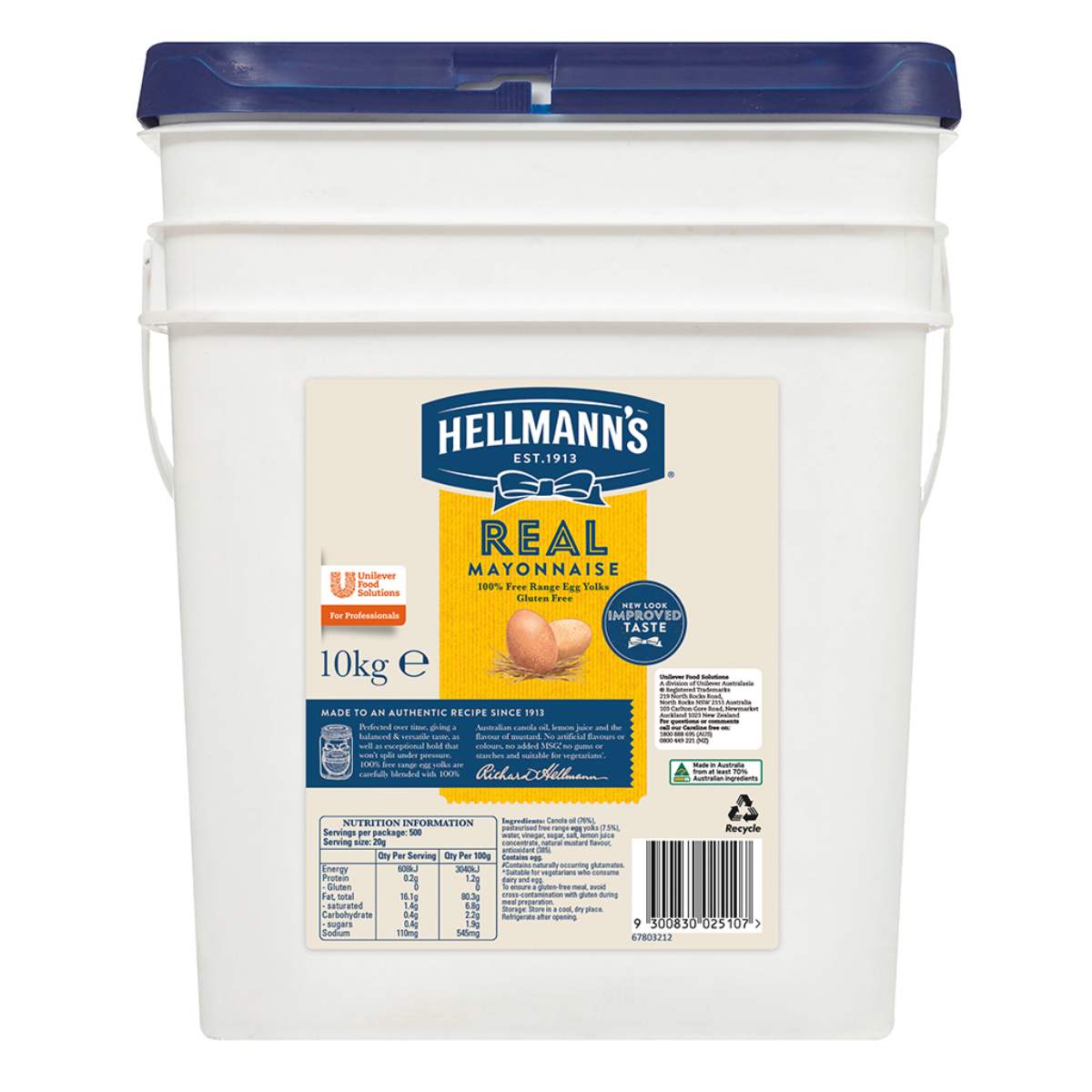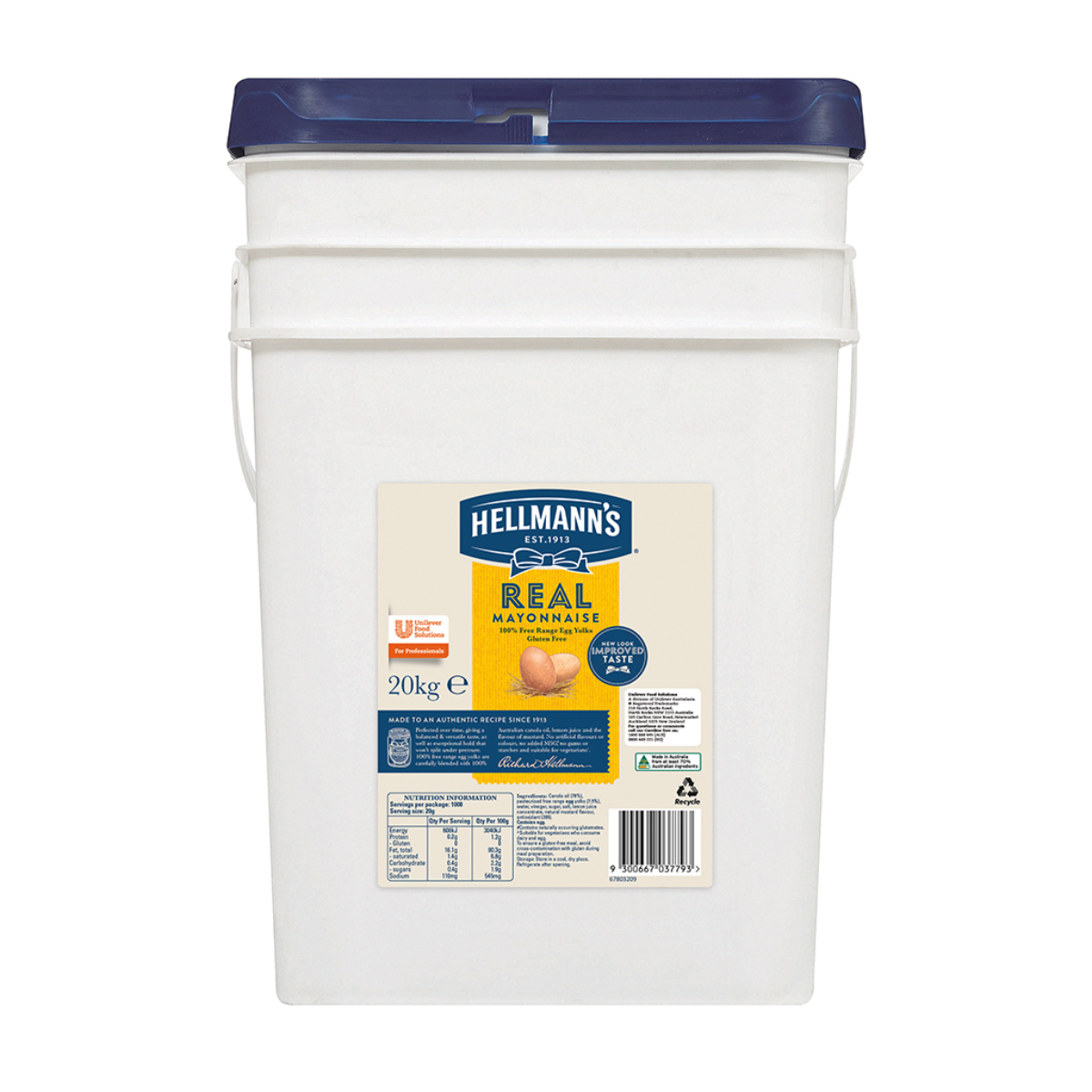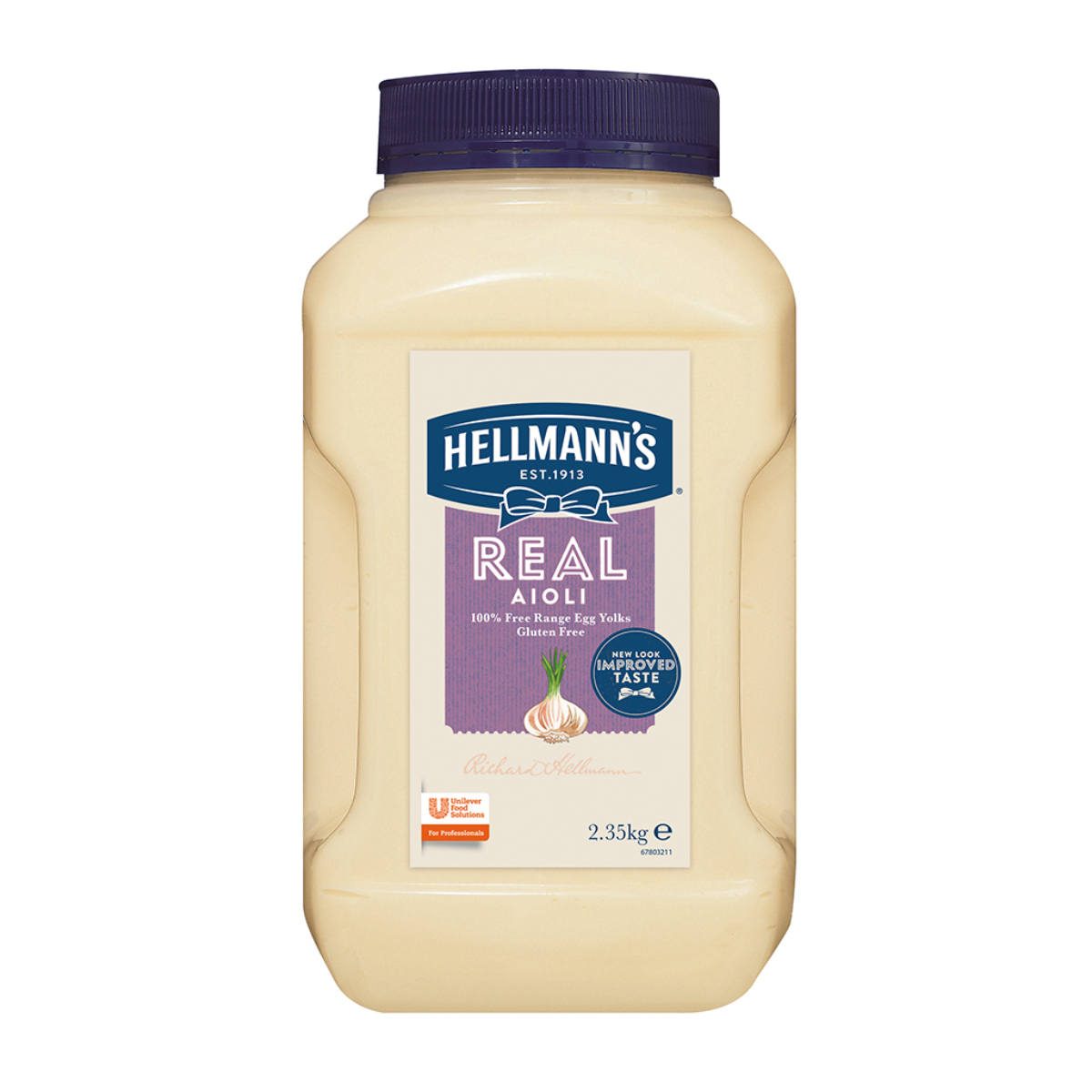According to the Unilever future menus report, healthier living is one of the four megatrends that just keeps on – even after the January spike – along with conscious choices, cooking renaissance and indulgent experiences. The Food People 23-24 Food and Beverage report shows ¼ of the identified trends relate directly to health choices. We spoke to hospitality and consumer experts to provide insight into the hottest hospitality and food trends, and how you can successfully incorporate some of them into your business.
Good mood food
January is a season for setting health goals, as every trend report shows. But the fad for ‘mood food’ – food that makes you feel good, either long term (through science and healthy choices) or short term (through indulgence and reward) – is certainly making its way into the mainstream, both on menus and in products.
“I certainly see it being talked about more in the media,” says nutrition scientist, dietitian and food futurist, Dr. Joanna McMillan, who has seen the trend swell within the consumer and hospitality sectors.
“When I first wrote about it, people didn’t really think about food impacting the functioning of our brains,” she tells InSeason. “Now, science has moved on so much and we do understand that both our diet and our lifestyle have enormous impacts on the way our brains function.”
But it’s a two-sided coin – and one that plays not only into Unilever’s megatrends for health, but also for indulgent experiences, because it’s not just health foods that can boost our customers’ moods. For McMillan, there’s a lot to be said for comfort foods that can contribute to a sense of wellbeing in the short term, creating their own mood shifts and resulting in positive associations for your food-service business.
“They might not be the most nutritious food [on your menu],” says the nutrition scientist, “but of course it’s an evolutionary mechanism in our brain to reward us for seeking out food because we need it to live. Foods that are very calorie- or energy-dense or have lots of sugar or fat are – in nature – absolutely vital substances.”
Finding them stimulates customers’ reward centres, making them feel good in the short term. McMillan advocates for some common sense around how much mood boosting people do, either with perceived ‘functional’ foods or through comfort/indulgent foods, because both require balance. For head chefs and food-service business owners, the way forward is clear: pick your tactic, depending on whether your angle is health or indulgence, and structure your menu accordingly.
Having a gutful of health
As an extension of this, health trends are now firmly focused on keeping people healthy on the inside, rather than just how we look on the outside, and so gut health takes centrestage in production and hospitality.
Practising nutritionist and Jungle & Co gut health bar owner Vladia Cobrdova, has seen a tidal wave of awareness between opening her first Noosa venue in 2018 and her second Brisbane venue a year ago. Today she consults and creates meal plans to support gut health, and says interest is certainly mainstream, with multicultural practices highlighting fermented foods and whole foods as a delicious way to eat, both in-venue and at home. It means that consumers now look for these health benefits on menus and in products.
“People definitely understand the link between the gut and how we function as a whole now.” It’s a foundation, she says, for increased immunity, energy, physical and mental health overall – things that have come into sharp relief since the health scares of COVID.
Just like an interest in mood-boosting foods, you can clearly see the mainstream interest reflected in the hospitality businesses. It’s also contributed to a rise in fermented foods.
Cobrdova suggests seeking advice from a professional or educating yourself on the reality of the gut health products and dishes you’re thinking of adding to your offering, before simply applying buzzwords to your menu.
The hot sauce revolution
Things are firing up beyond the ‘hot honey’ trend of last year. Where once commercial hot sauces were limited to Tabasco or garlic-chilli oil, there’s an explosion of spicy sauces on the market, reflecting changing consumer tastes.
“First- and second-generation migrants now make up more than half of all Australians, which means there are more new palates that are looking for playful yet authentic flavours than ever before,” says Jane Horder, Head of Consumer Insight and Foresight at MasterFoods, where she has seen a significant rise in the demand for sauces with more heat and spice.
“Chilli is a flavour that can be added during cooking, after cooking or on the side of your plate; its versatility is something that Australians have fallen in love with – especially the under 35 demographic who are constantly on the search for flavours that excite.”
She also advises that “the versatility to personalise and customise a dish or plate with chilli-inspired sauces” is “a modern extension” of how tomato sauces have previously been used. An indication that –along with the shift in Australian demographics – interest in dishes from different cultures is on the rise.
“The three top global cuisine trends right now are, Southeast Asian, Caribbean and South American; all very fiery and heat-based cuisines with lots of variety.”
In response, MasterFoods have introduced their ‘Born in the Flames’ sauce range and clued-in hospitality venues around the country are adding housemade chilli sauces to their menus.
Social media trends to watch
As always, social media is awash with things that look good and create drama. This month that means we’re seeing:
- Edible sparkles in all kinds of drinks – in cocktails, health elixirs and more. Pearlescence is big, with its moving, shining ripples.
- Sea-cuterie – or platters that include tinned fish served in a cheese platter style – it’s budget friendly, fun and easy to check sustainability.
- Faux fish moves in – where once alternative versions of chicken and beef ruled supreme, more venues and brands are offering up faux fish (one even calling its popular burger the ‘fillet faux fish’).


